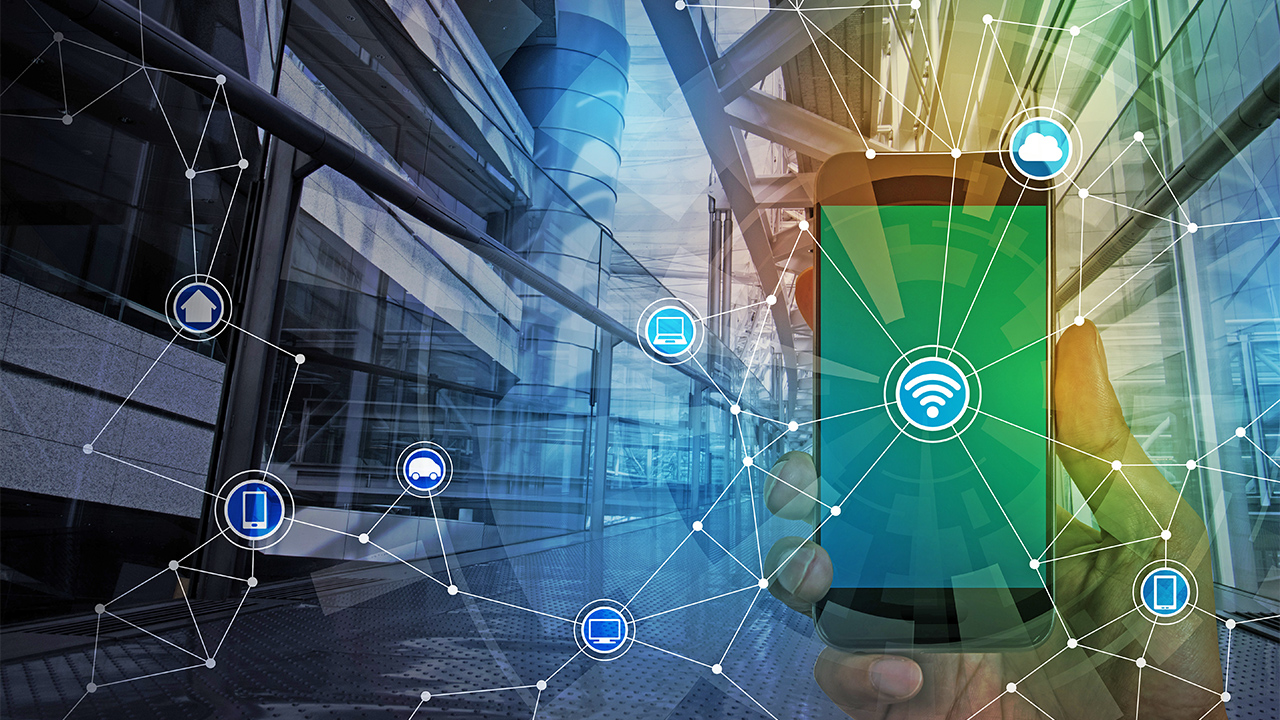
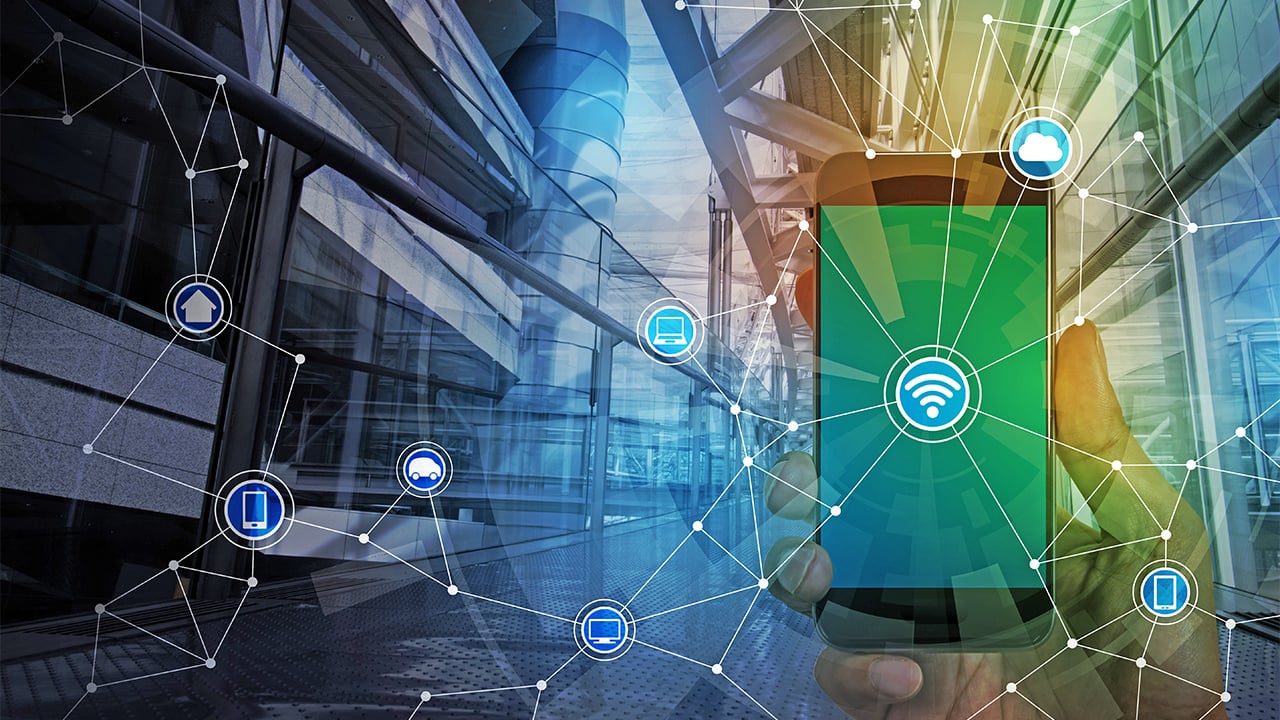
Simplifying the way our devices communicate down to a single technology would be ideal. But will it happen, can it happen, and is it the best way?
It's easy to write off progressively faster and faster cell phone internet services as a sales tool, one that's specifically designed to work on technophiles of the more-is-better persuasion. Given what most of us actually do with the internet, it can be hard to see the point. We can only socially mediate so fast. The problem with this point of view is that it assumes the things we do with the internet now will be the same things we do in the future, and most people know instinctively that's a dangerous assumption. In the 1960s, when they developed the precursor of today's internet, the people at the Defence Advanced Projects Research Agency probably didn't see Facebook coming.

The presentation is fascinating
What will we use devices for in the future?
So, the question becomes one of predicting what we're likely to do with our cell phones in the future and one reasonable answer is – well – everything. In 2018, even the most technophobic home receives at least three streams of data. There's a phone line, with or without an accompanying internet service, at least one stream of television, and most of the householders will own cell phones. Often, it's more than that, since TV can include terrestrial broadcast, satellite and cable, and cell phones carry several quite distinct services including data, voice calls and text messages using the same radio system. Diving even deeper, we discover that cell phones can usually speak at least three different radio languages, including wireless Ethernet, Bluetooth and the conventional cell phone network.
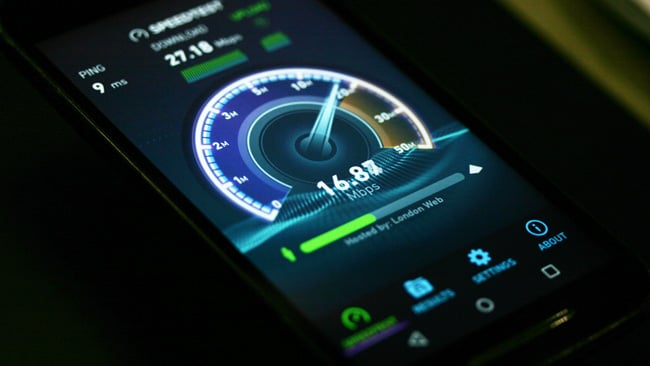
This is more bandwidth than most home connections of a few years ago, and it's nothing special by modern cellphone standards
This complexity means many homes now have enough network infrastructure to create a real challenge with setup, let alone security. There's also significant duplication of effort: one of the most expensive things about upgrading any sort of city- or country-wide network is the physical effort involved in street-by-street cable laying, and at the moment phone and cable TV companies often end up doing once each. Similarly, both cell phone and television companies put in radio infrastructure, to the point where there has been pressure on television to give up spectrum-hungry, old-style analogue broadcasting to free up bandwidth for more capable cell phone services.
It would be a lot easier if all of those services we talked about went down a single pipe, and of course, that's theoretically possible. The internet already carries video, audio, voice, text and a variety of hybrids of those things. Skype has been providing a more or less direct alternative to voice and video telephony for nearly 15 years, and the giants of video-on-demand hardly bear introduction. Doing that would make things a lot easier, potentially saving effort that could be put into overall improvements. There are concerns; Skype itself warns us that it isn't intended to provide the sort of high-reliability connectivity that we rely on for emergencies. Overall, though, the single pipe is an attractive prospect and one that we're already, detectably, drifting towards.
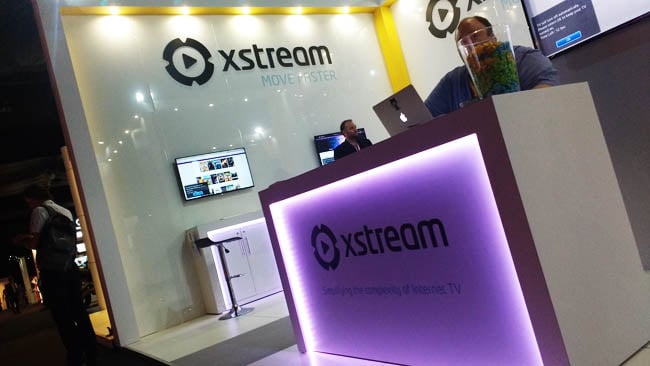
The strapline says 'simplifying the complexity of internet TV' but there's only so much one company can do
There are, however, a couple of practical problems, principally that the network infrastructure of 2018 is already creaking under the strain of data-hungry services such as video-on-demand. There's no way that the current network would let us suddenly move all television viewing to material delivered over the network. The performance available to a conventional internet subscriber is often limited by the quality of local wiring, between local junction boxes and individual homes, that's often been in place for decades. Other limits involve the high-capacity links that run between the industrial facilities that make the net work. All would need upgrading, and the sheer scale of the work involved raises huge questions as to how the costs will be met. Fees charged to subscribers can only increase so much.
Can we rely on the bandwidth?
Improvements in cell phone data service, on the other hand, seems unstoppable. Partly that's down to the practical reality that a single tower can potentially cover a huge number of people, and upgrades require far fewer trenches in far fewer streets. Free market economists might suggest that it also has something to do with the more genuine commercial forces generated by a crowd of competing cell phone providers, whereas a single street may only have one or two options for hard-wired internet access. So, can we rely on cell phone services – radio data – to provide the bandwidth for the future?
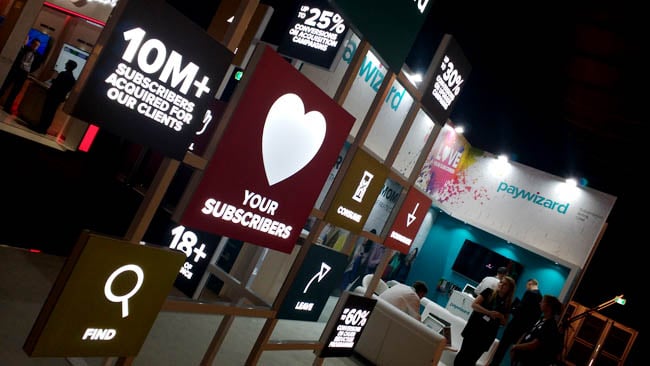
The internet is now such a big deal that there are companies who exist solely to bring clients to other people's services. Mature market, anyone
Probably not, for two reasons. First, while the performance to a single phone is often very respectable, in the tens of megabits for a 4G/LTE connection, the cell site is not designed to provide that sort of bandwidth to all the phones in range simultaneously. A diversity factor represents the fact that most people don't watch YouTube all day, every day, and the system isn't designed to accommodate that.
It's hard to give an idea of the sort of bandwidth that a single cell tower can actually provide because they are configured to provide different services over different areas to different numbers of people. In areas with the greatest demand, they'll be closely-spaced and designed for speed; outside the big city, more spread out and set up for range. Big cell sites can have a gigabit connection to the internet, but the system is not designed to cover an entire housing estate full of people sitting down to watch Game of Thrones simultaneously. And that's the other problem: the cell site is still, at some point, on the same internet as everyone else. Sometimes that'll be a hard-wired connection. Sometimes it'll be a point-to-point microwave link to other towers. Eventually, though, all the data ends up on the same network.

Connectivity delivered by radio might be a big part of the solution to network capacity in the face of convergence, but it won't ever be the whole solution. The internet is essentially made up of a number of organisations which own and install the infrastructure, and they're very aware that more is needed on an effectively continuous basis for the foreseeable future. Whether that means that all the many pipes that come into our homes and our back pockets will eventually converge on one technology isn't clear, but there'd be a lot to be gained if they did.
[Top image - Shutterstock]
Tags: Technology



Comments